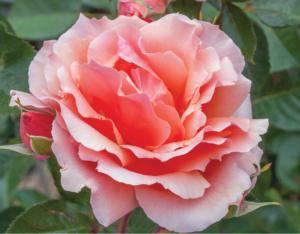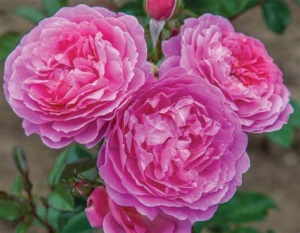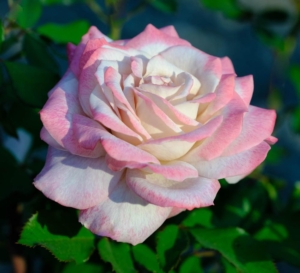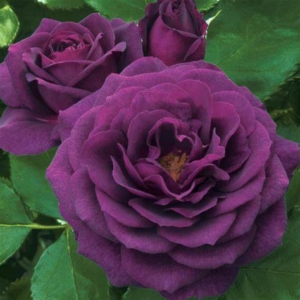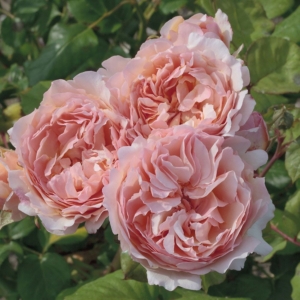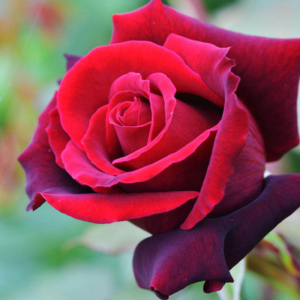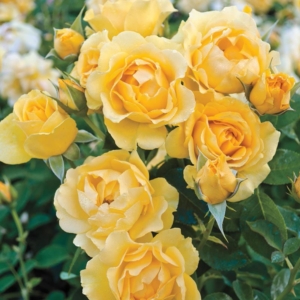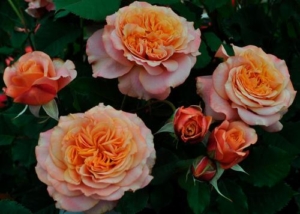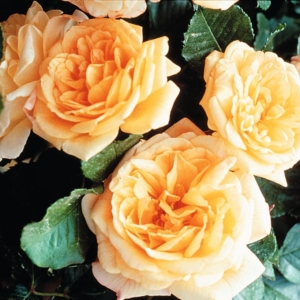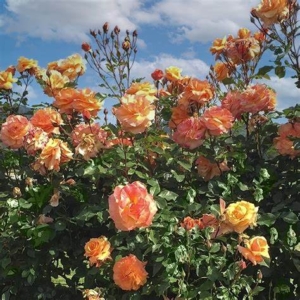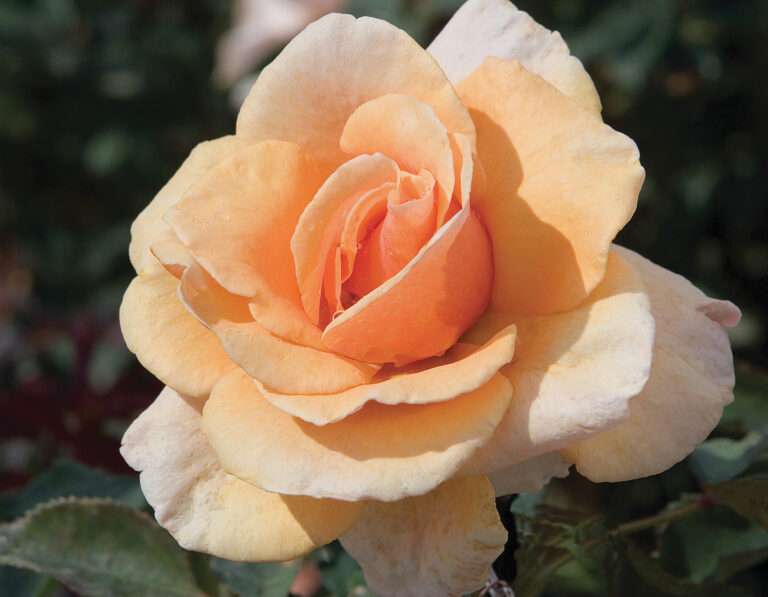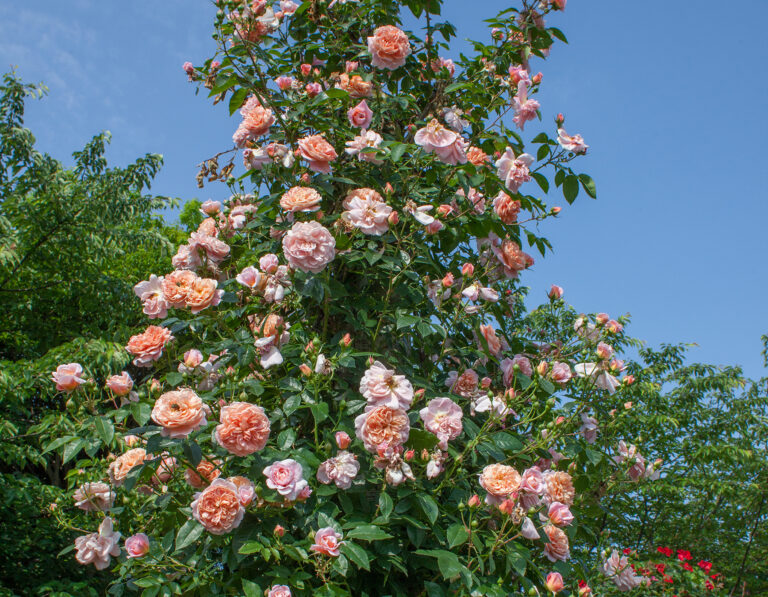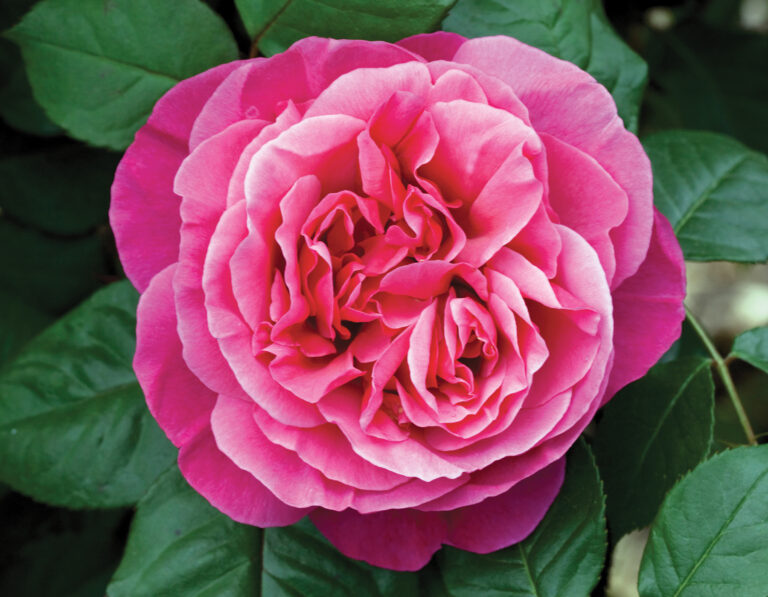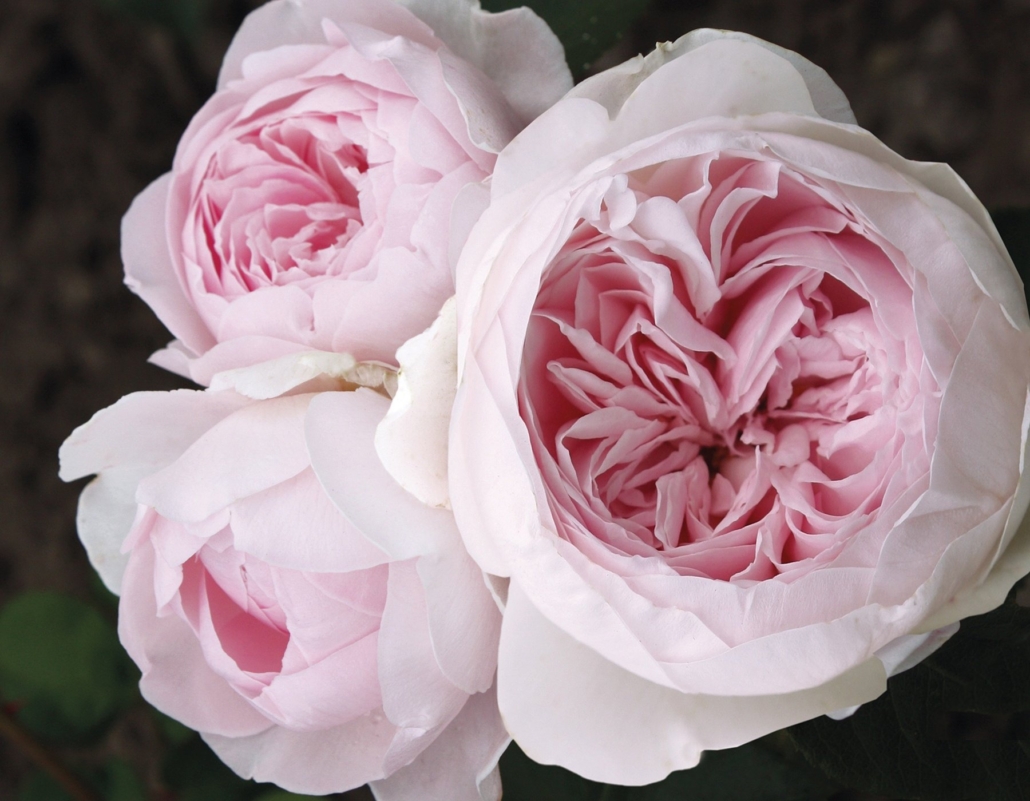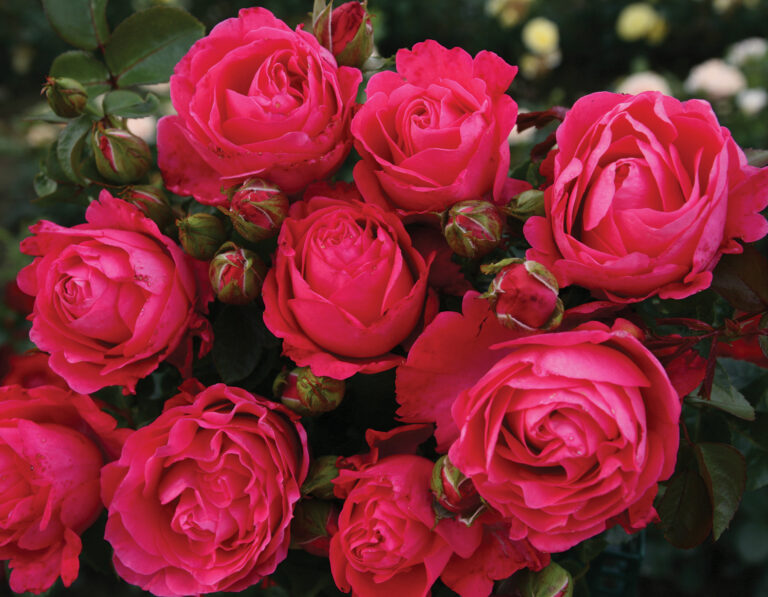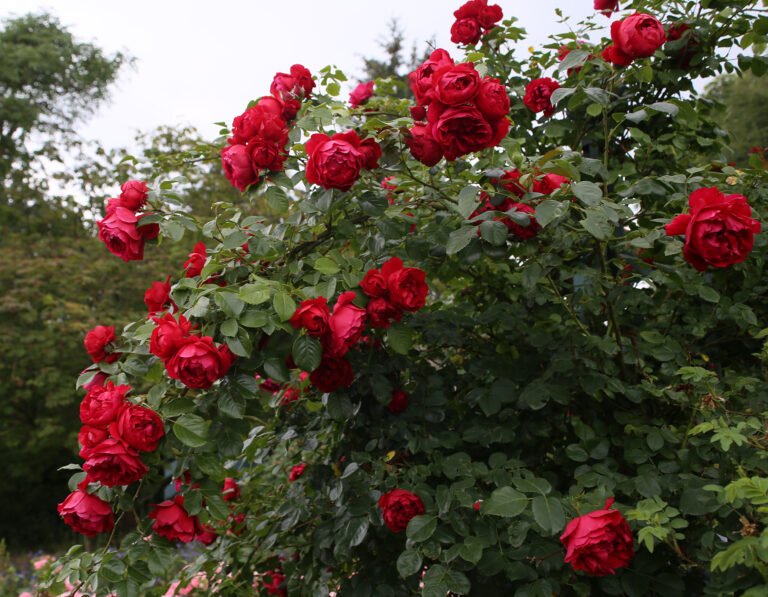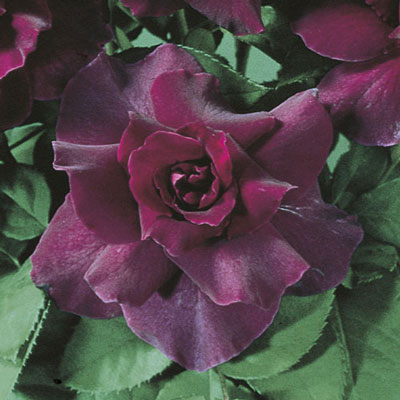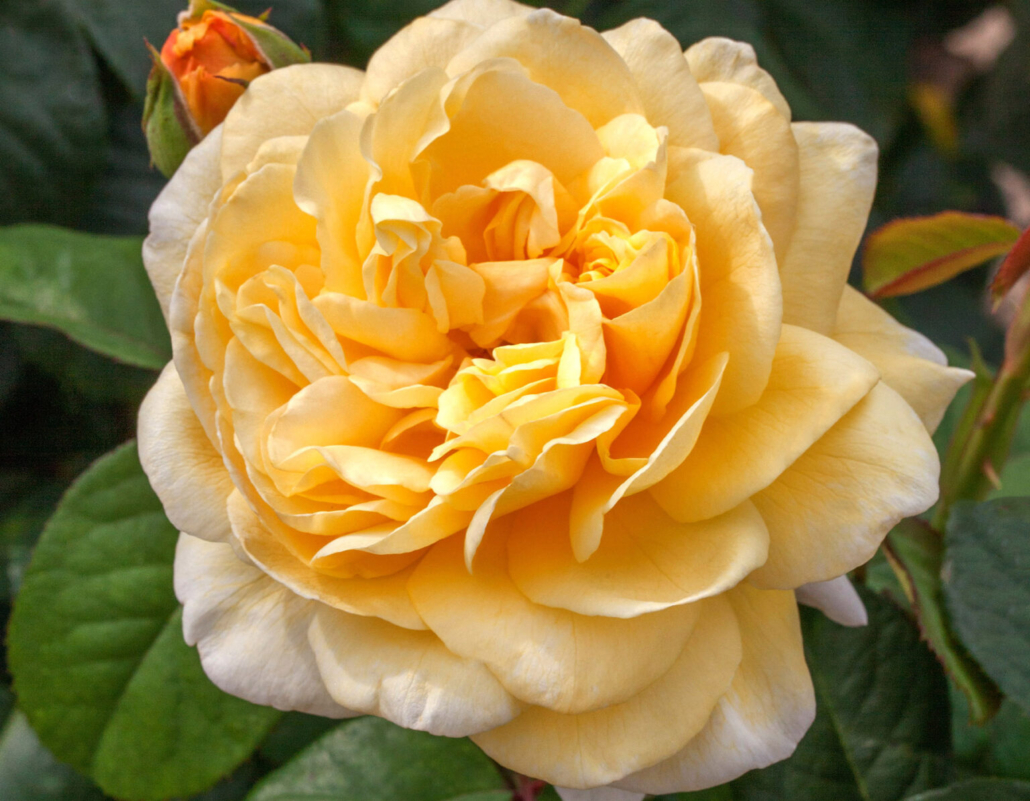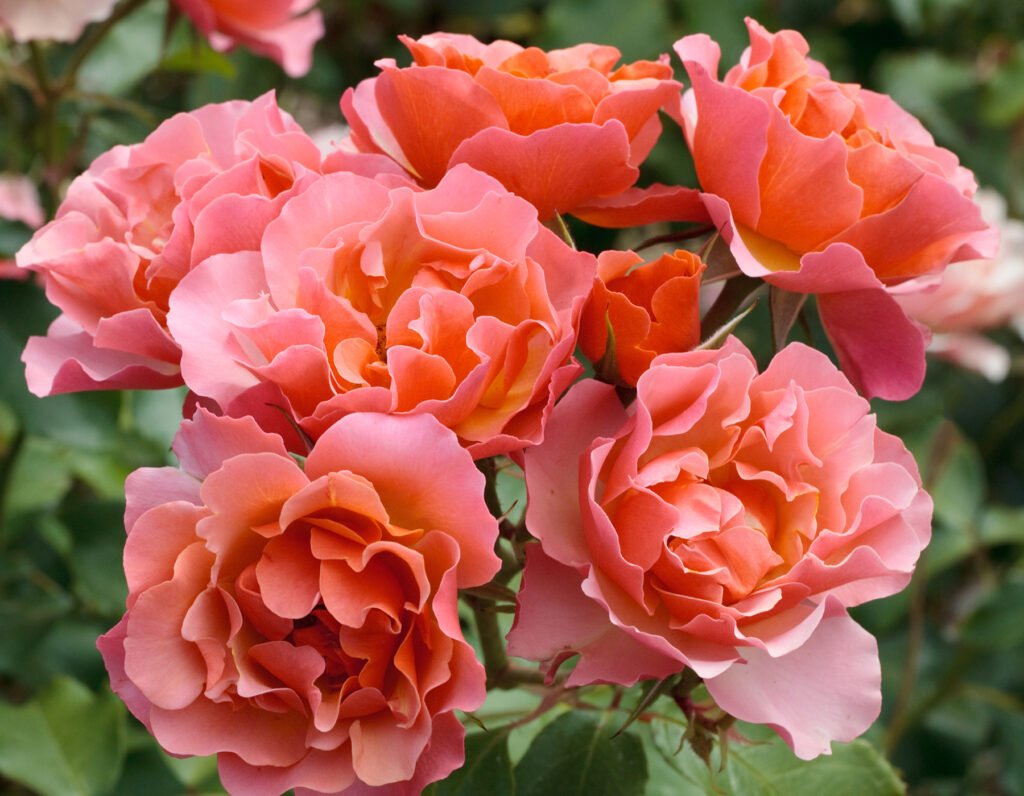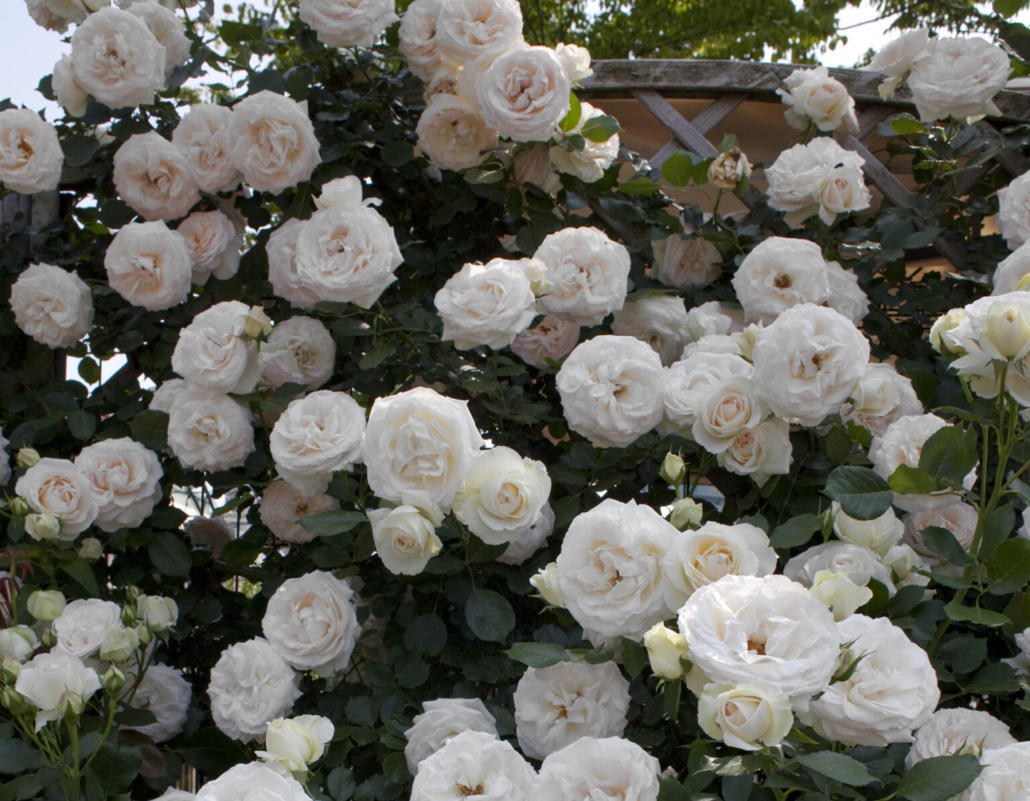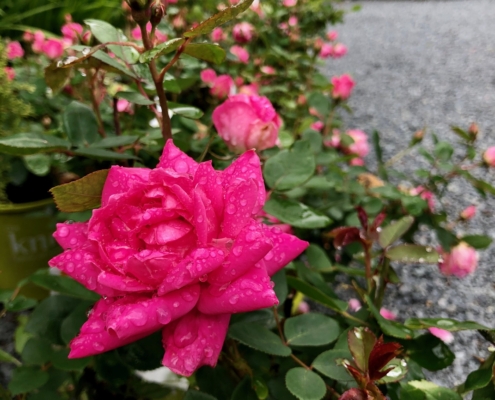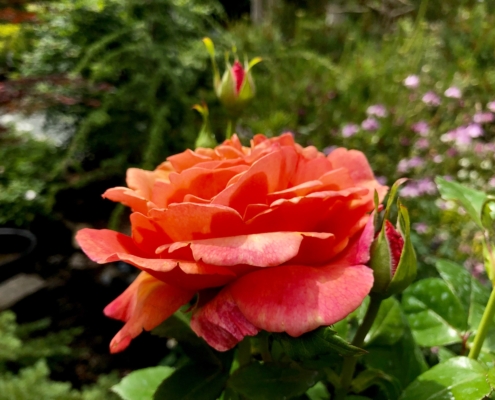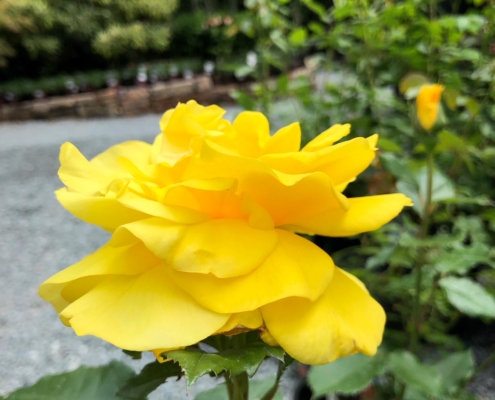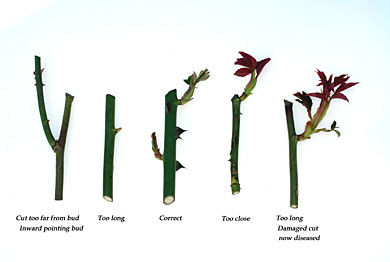Tobey’s Top Rose Picks for 2024
2024 is going to be a great year for roses at Venture Out! I am really excited about ALL the cultivars I’ve chosen for this year. I did a bit of next-level research to make sure that they all have top ratings, not just for disease resistance and performance in our region, but also for fragrance, rebloom, and vase life. When you buy a rose from Venture Out you are sure to get a quality performer!
For the past couple of years, I’ve done a “top 10” list. This year, it was just too hard to narrow it to 10, and besides, why should I limit myself? So here are my Top Fourteen Roses for 2024 list! These roses have the very best ratings for all characteristics: disease resistance, strongest scent, only repeat bloomers, and most offer great vase life. You’ll also see my own personal tastes which lean heavily on old-world, romantic, cottage style types with high petal counts and good looking foliage. Even if your tastes don’t align with mine, I can assure you that you’ll be happy with any rose from Venture Out!
Bolero (Floribunda)
This outstanding performer offers romantic clusters of heavily scented white flowers throughout the growing season. The plant has a tidy growth habit, deep glossy leaves, and excellent disease resistance. The flowers are great for cutting and will fill your home and garden with the fragrance of classic rose mixed with tropical fruit.
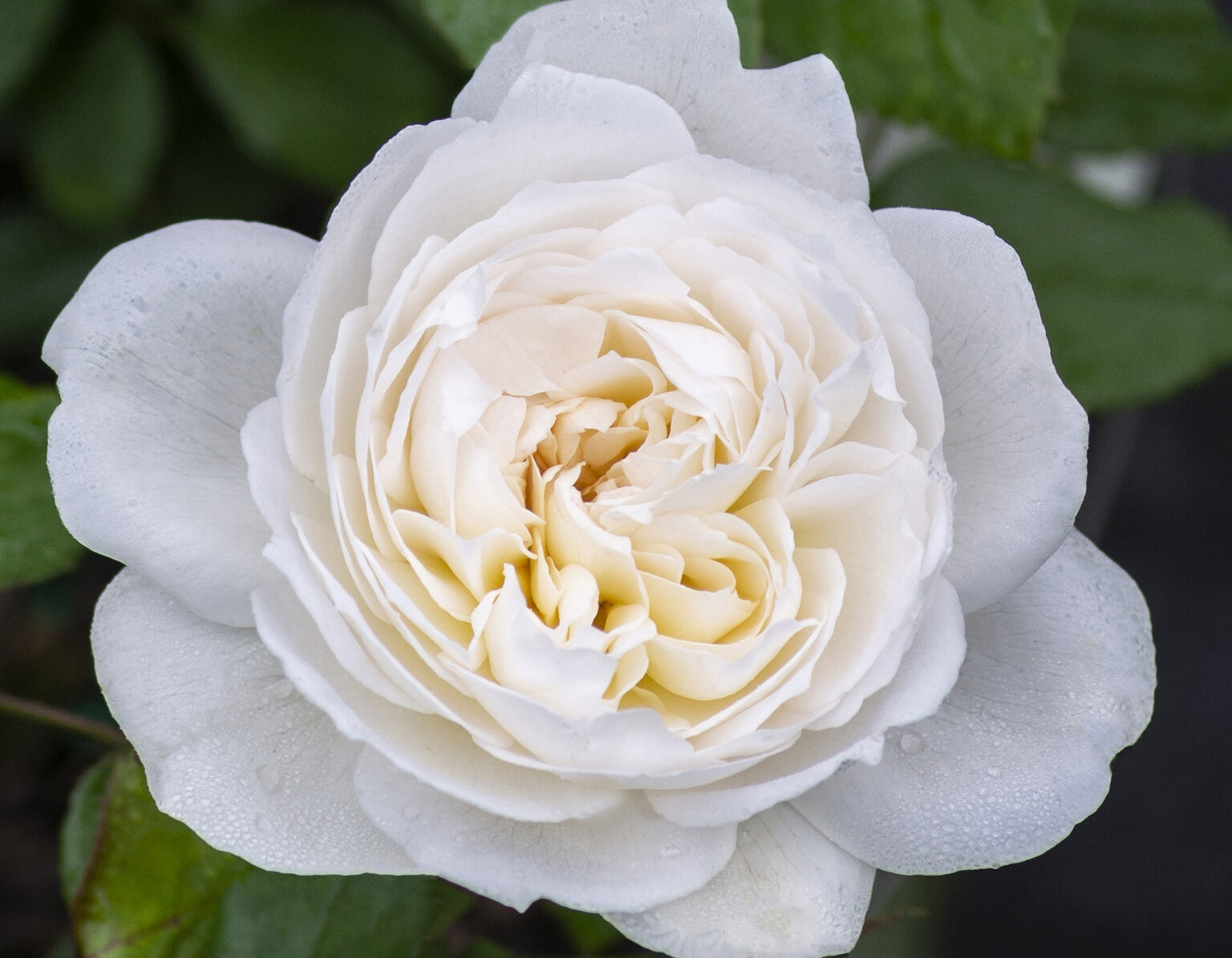
Bronze Star (Hybrid Tea)
For years I’ve loved ‘Just Joey’, but ‘Bronze Star’ has won me over. It offers similar fragrance and the same range of color – copper fading to soft yummy peachy-pinky-apricot. It is the improved disease resistance that got me hooked!
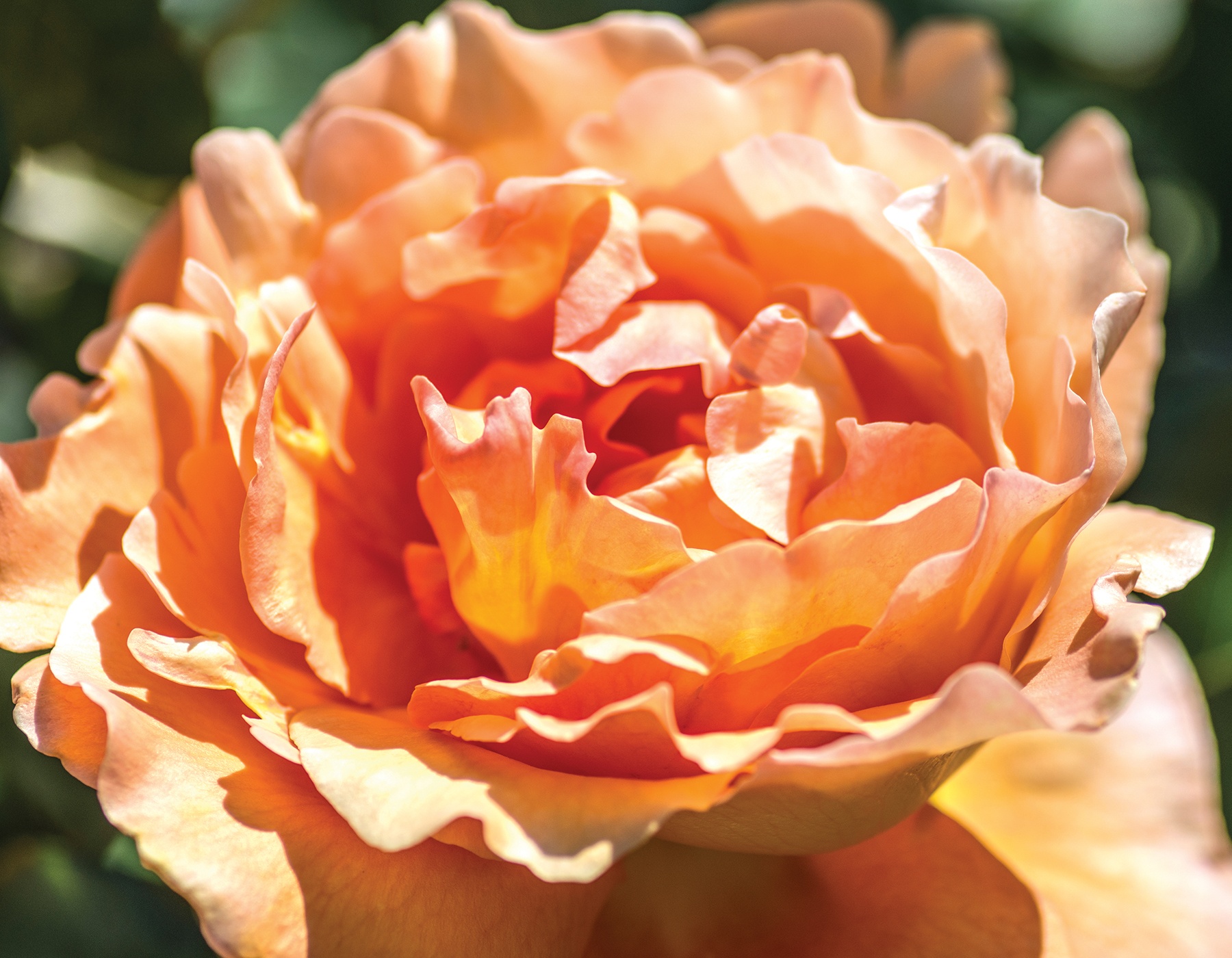
Cloud 10 (Climbing)
I will certainly add this rose to my garden! While it is listed as a climber, it has the growth habit of a large shrub, which is just my style – great for arbors or fences or the back of a border. It blooms heavily in the spring, and then re-blooms throughout the rest of the growing season. The flower is full and fluffy like an English rose, and the foliage is a clean dark green. It’s got a musky fragrance and when fully open, it is attractive to pollinators.
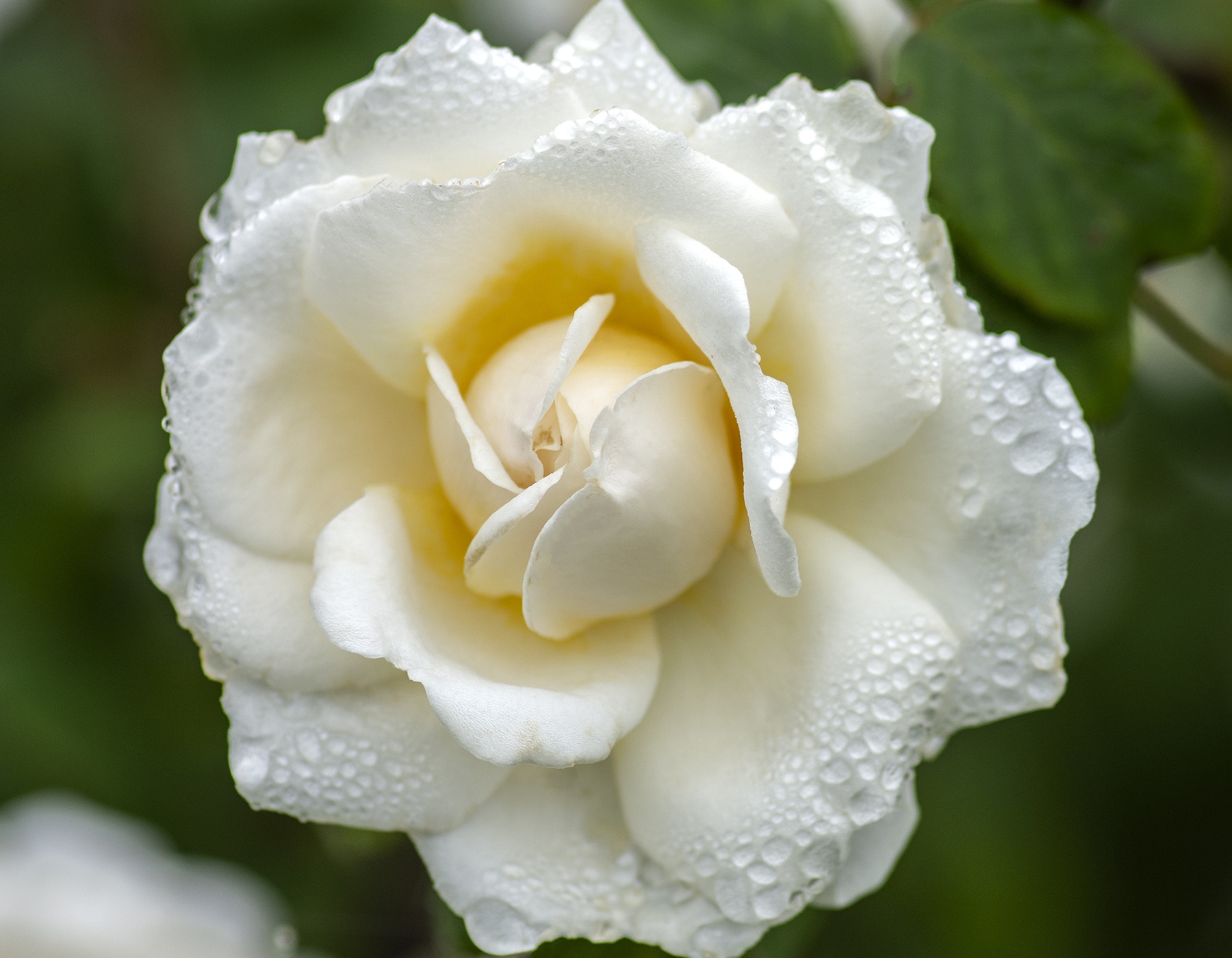
Don Juan (Climbing)
I have a soft spot for a classic red rose, and Don Juan has charmed me – he’s a prolific, fruity-scented show-off with extremely disease-resistant leathery green foliage. The ruffley blooms are great cut flowers!
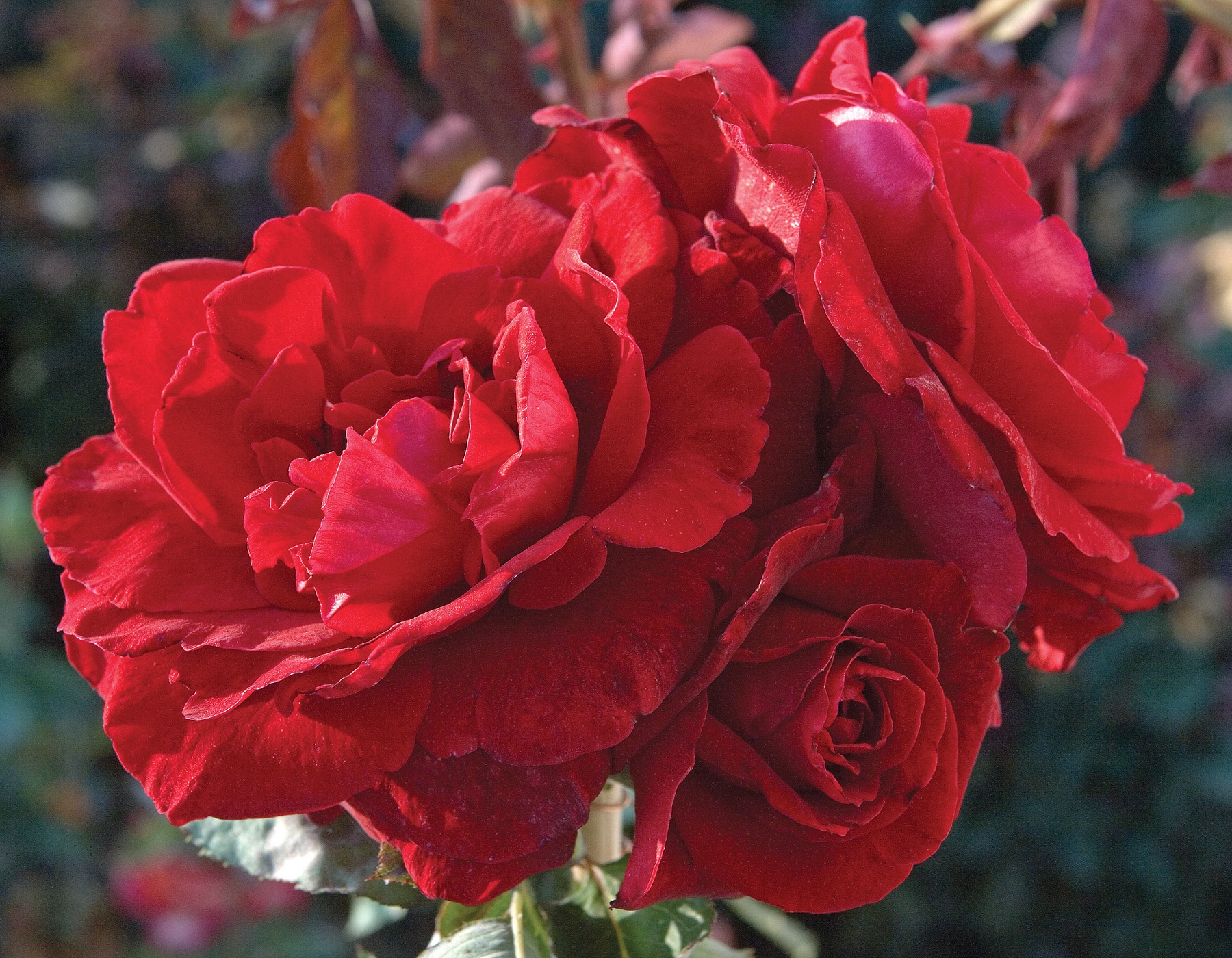
Easy On The Eyes (Shrub)
I chose this shrub rose for its cottagey-cute clusters of flowers – I love that magenta eye! It has won awards for being floriferous. The continuous bloom not only makes a great show in the garden, it also offers a constant feast to pollinators! In addition, this variety offers a nice, rounded growth habit, a citrus & spice fragrance, and can boast extraordinary disease resistance.
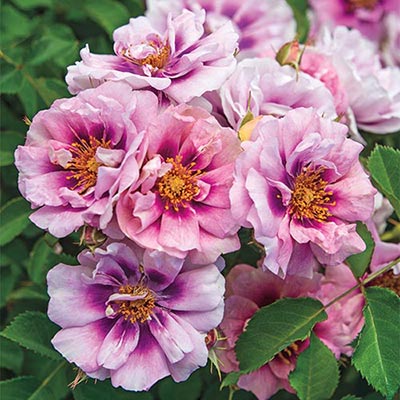
Eleganza Beverly (Hybrid Tea)
This might be the most fragrant variety on our roster this year. This tea rose has won multiple fragrance awards for her sweet scent described as citrus, pear, patchouli. If you are looking for a great cut flower to perfume your home, here she is! This plant is an upright grower with large flowers and great disease-resistance ratings.
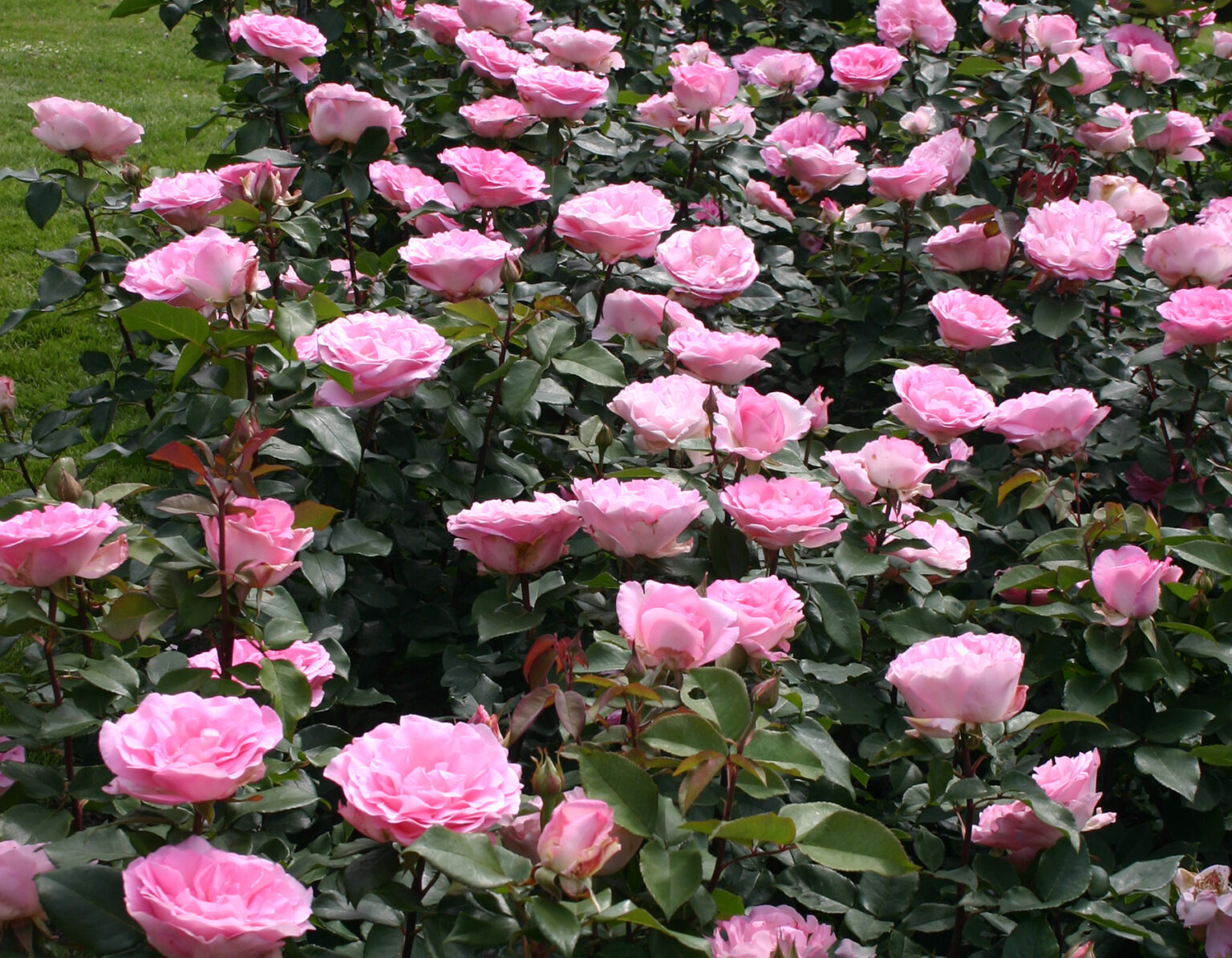
Heavenly Scented (Hybrid Tea)
Here’s another sweet and spicy delight for your nose & vase – as well as your eyes. One could use a variety of sea creatures to describe the color of the beautiful pink flowers – are they prawn, conch or salmon colored? This upright tea has a strong resistance to downy mildew and rust.
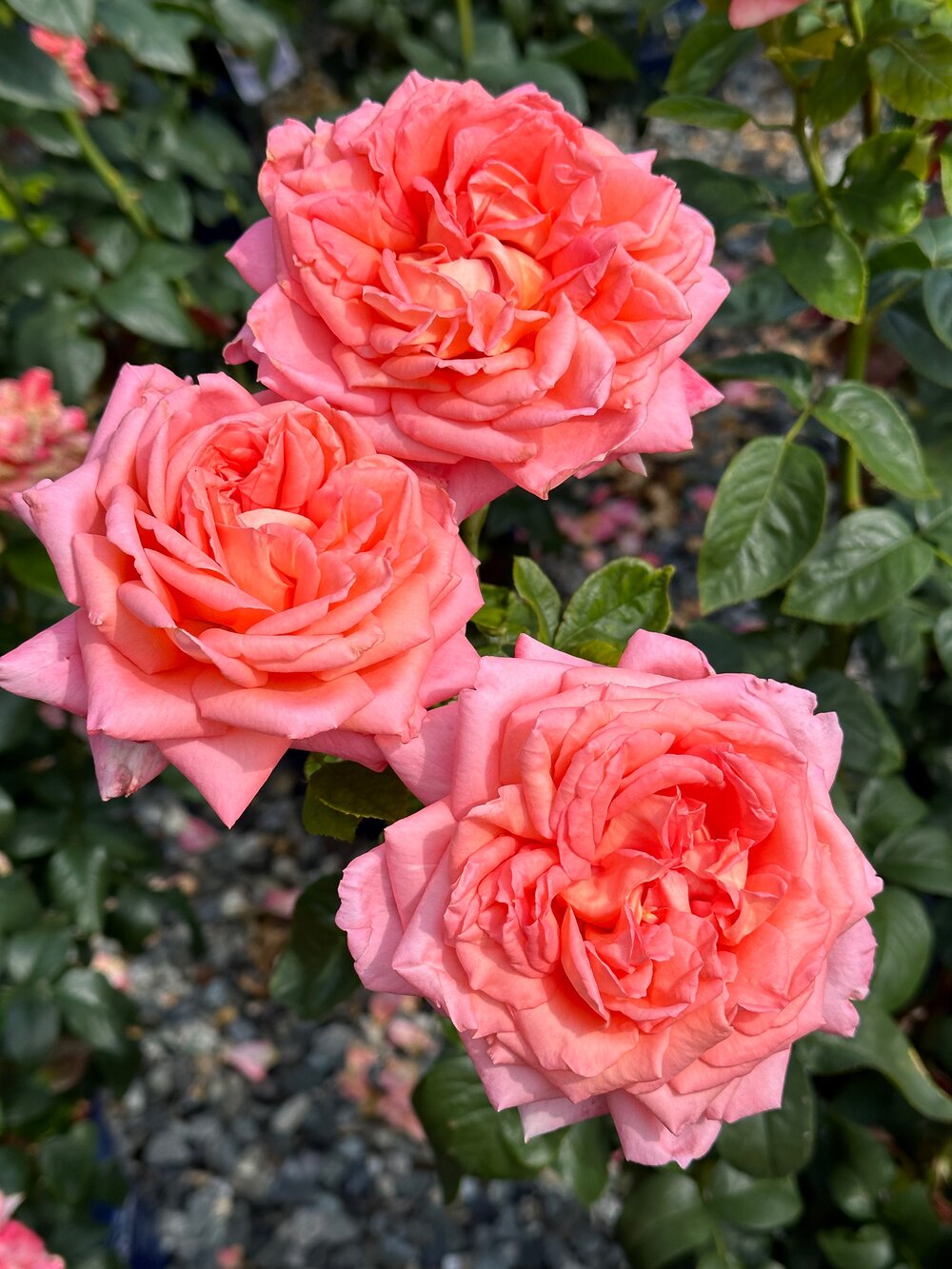
Romantica Ball Gown (Hybrid Tea)
Okay, honestly I couldn’t choose between ‘Ball Gown’ or ‘Moonlight’ so I chose them both! The Romantica series offers roses bred for flower size, fragrance, petal count, disease resistance and vase life. What more could you want?! ‘Ball Gown’ has all the frills a blushing debutante could ask for. Pink can make a flower seem simple and unassuming but don’t be fooled – the scent has been described to contain complex notes of grass and powder.
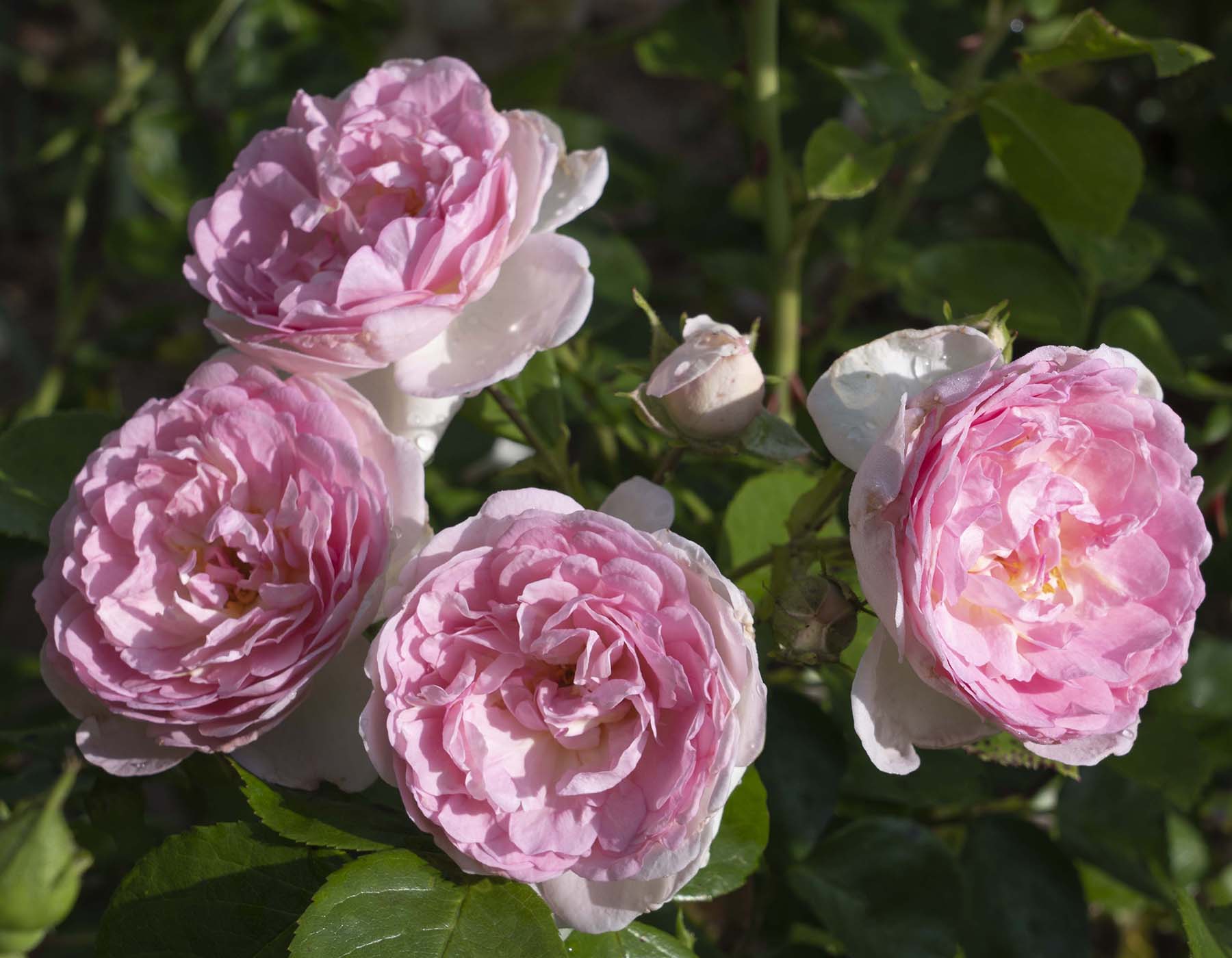
Romantica Moonlight (Hybrid Tea)
This big girl has all the same excellent qualities as ‘Ball Gown’, but in an endearing yellow – soft, gentle, cheerful without being overly sunny – for those who aren’t looking for pink. If you like English Roses, you’ll love this variety!
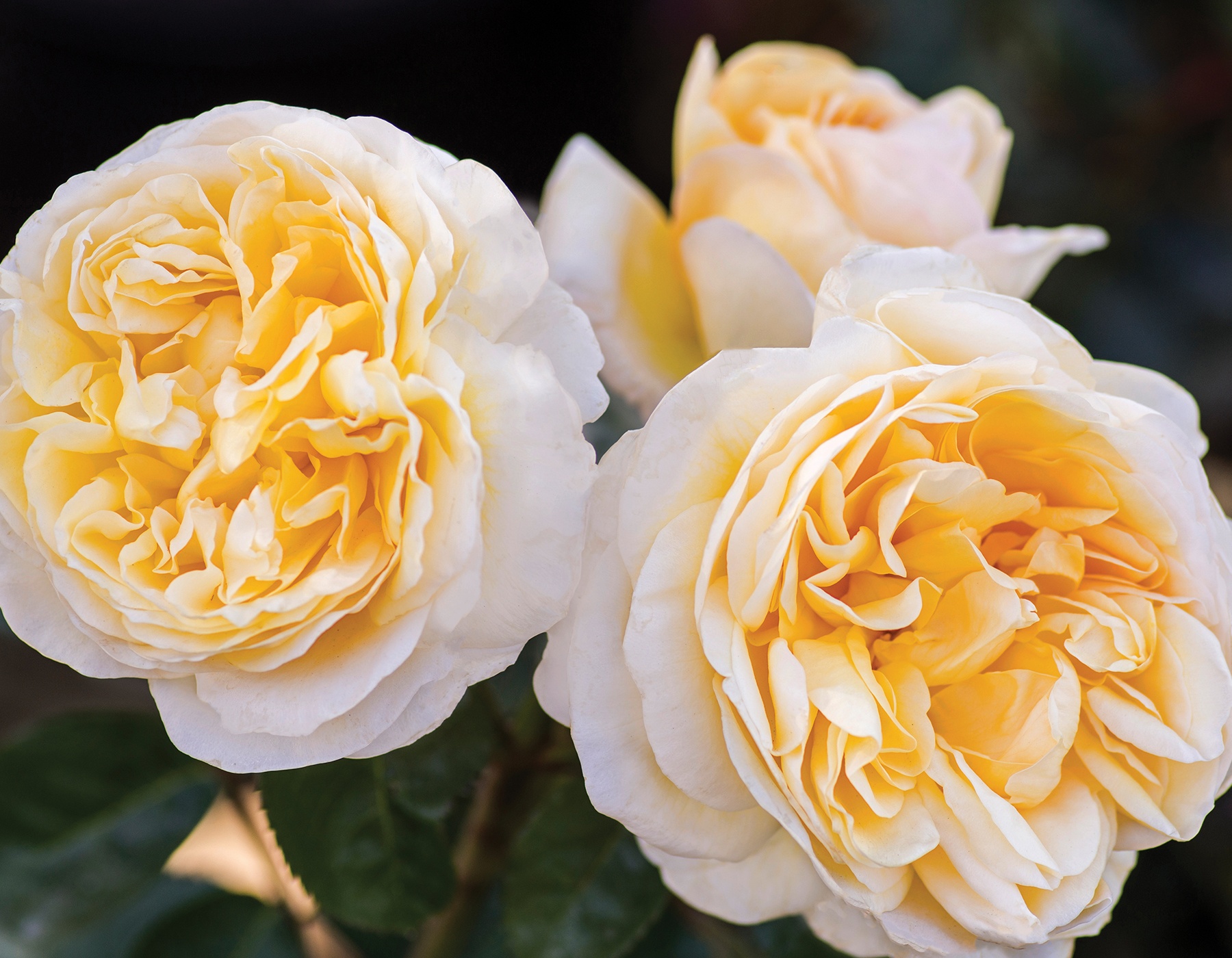
Sweet Mademoiselle (Hybrid Tea)
Is she named sweet for her fragrance or performance? I’m not sure. This plant has excellent ratings for both! The color is intriguing, changing with both temperature and as the flowers age. This is a great plant for cutting as well.
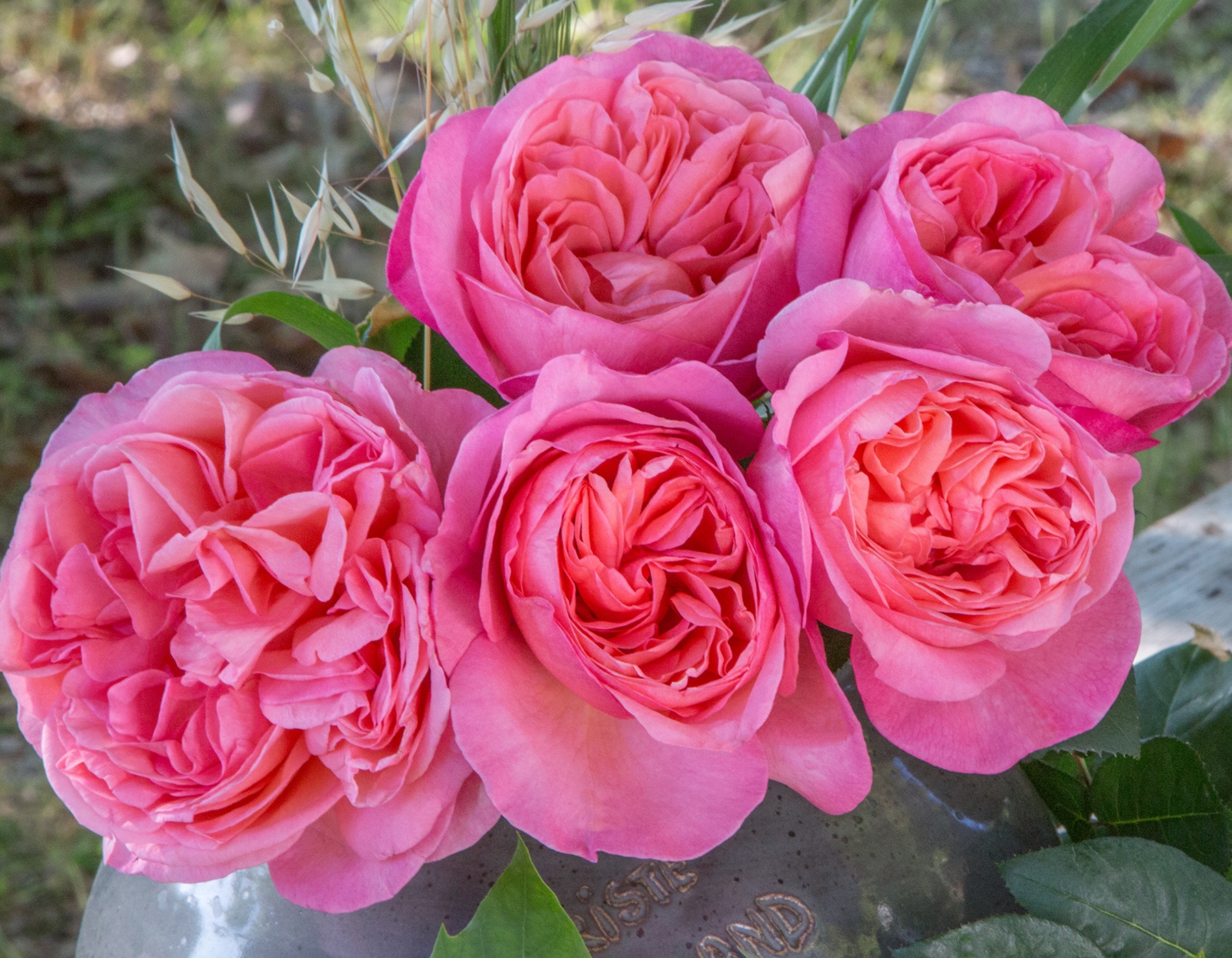
Sweet Spirit (Grandiflora)
The strength of this rich, vibrant color might have had me choose another adjective than “sweet”, but name aside, this is a great plant with an intense fragrance redolent of clove, pear and ripe fruit. It is great for cutting and offers excellent disease resistance.
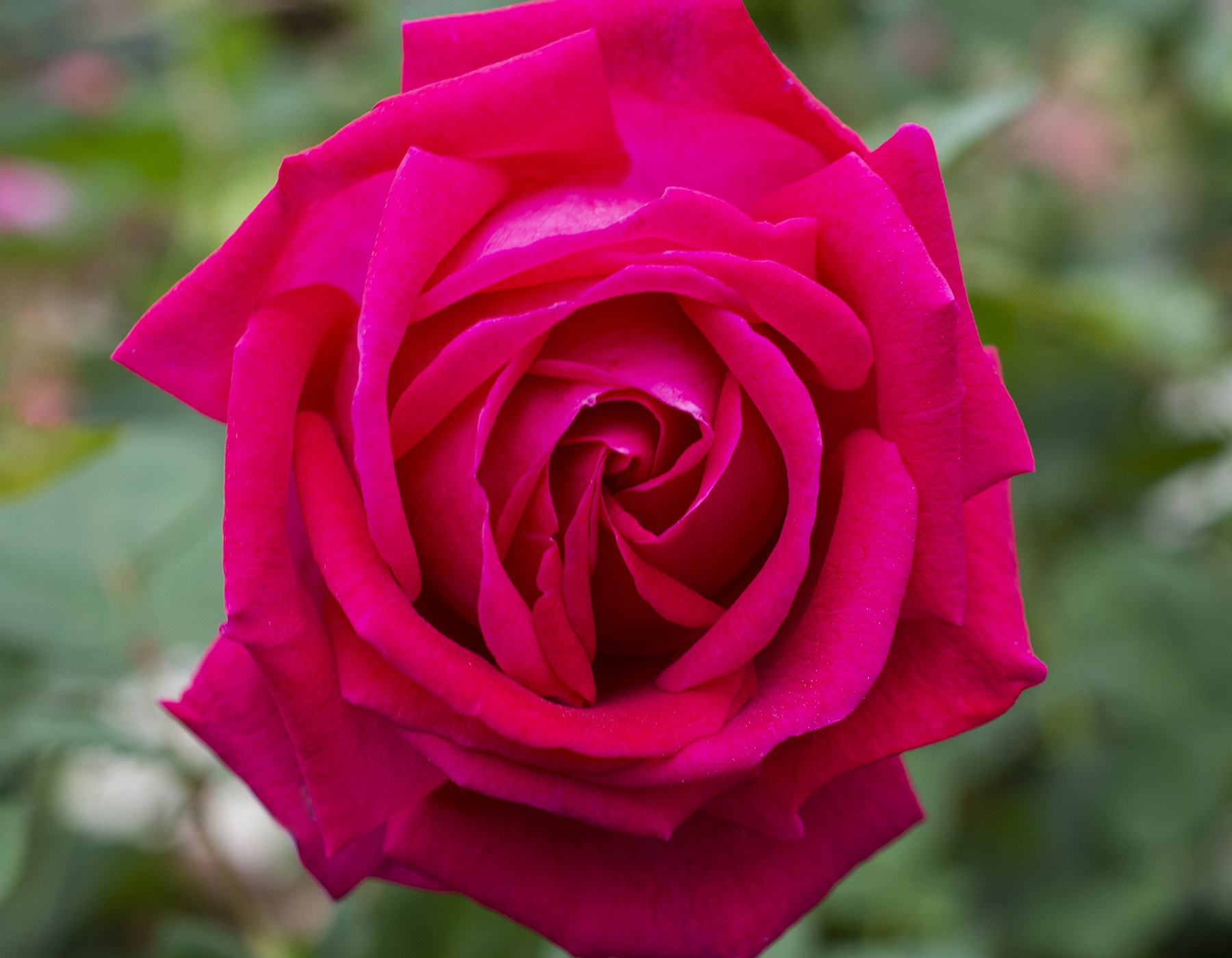
Top Cream (Hybrid Tea)
This one got me for its old-fashioned vibe! With an abundance of petals, a delicately blushed, creamy white color, and a scent of anise and pear – I feel like I should be picnicking in the English Countryside, reading Jane Austin. Instead, maybe I’ll cut a handful of these luscious blooms for an arrangement… Oh, and of course, this plant offers excellent disease resistance – so instead of spraying, maybe I do have time to read Jane Austin!
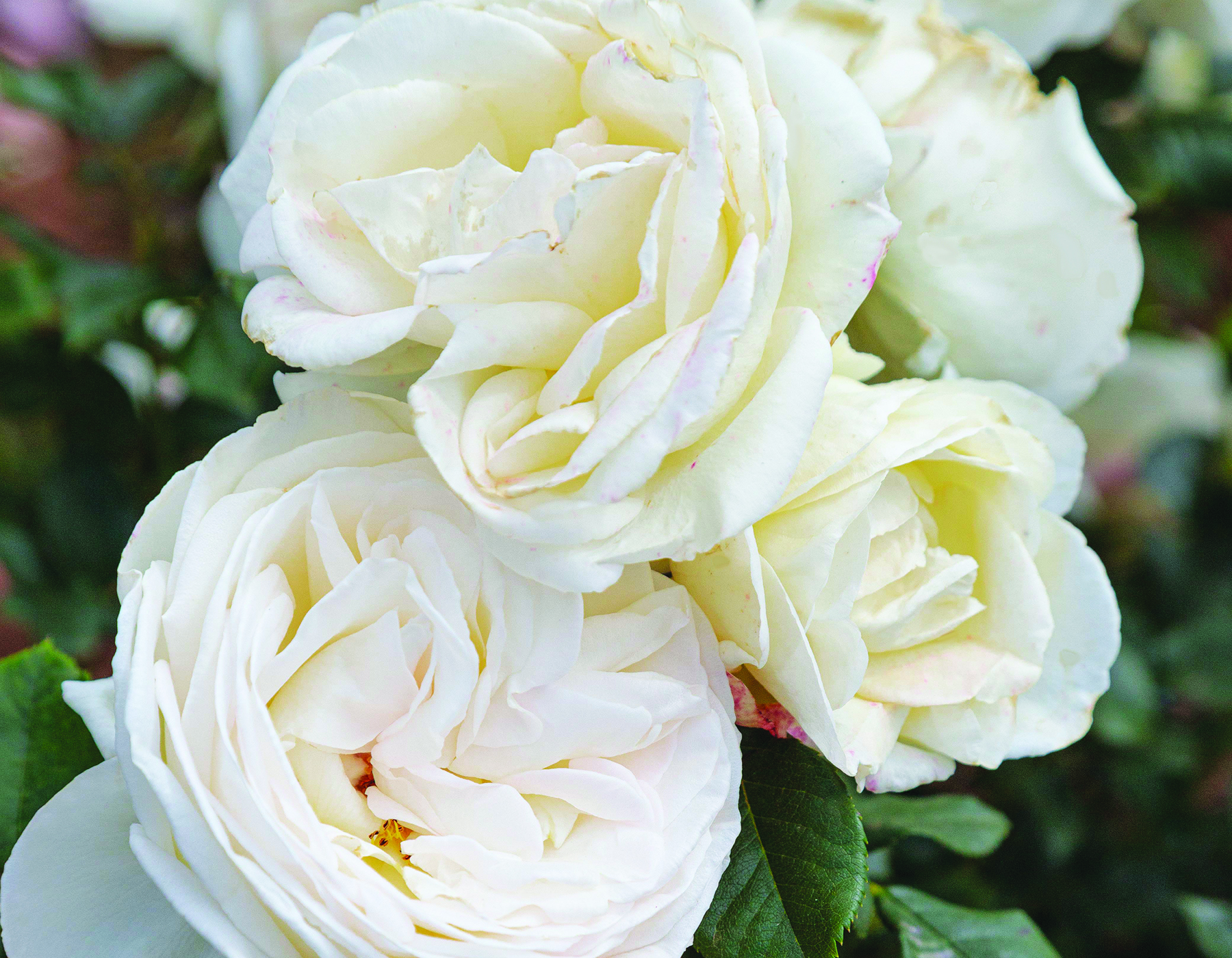
Honorable Mention is due to Sunbelt Plum Perfect (Floribunda). Purple is a very difficult color in the rose genome; while it often is linked to fragrance, it is also often linked to susceptibility to diseases. This variety gets kudos because the breeders have managed to achieve a unique color paired with fragrance and disease resistance.
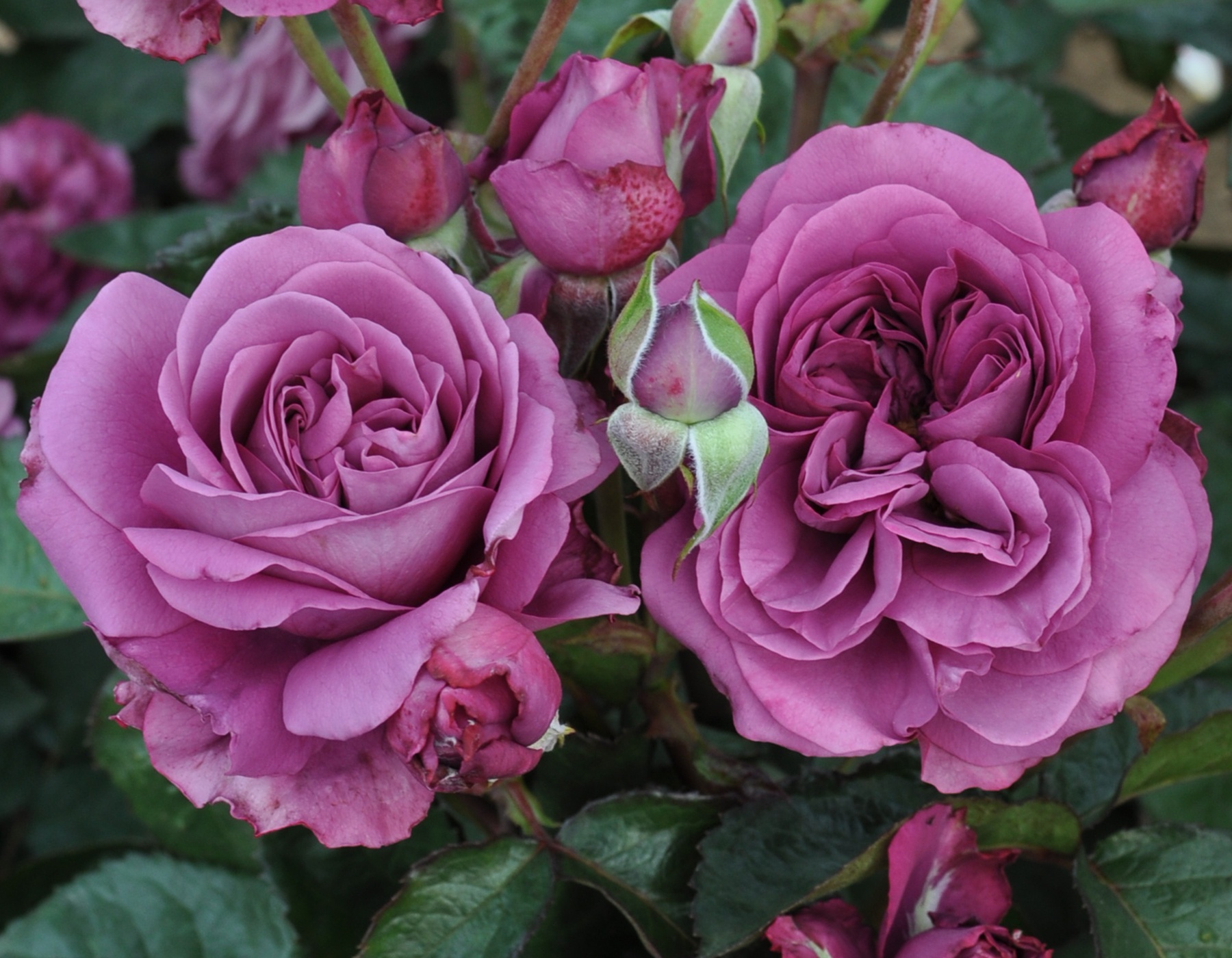
If these weren’t enough for you, I can suggest picks from previous years that we continue to carry this season: Sunbelt Crazy Love, Pinkerbelle, Parfuma Bliss and Raspberry Cupcake. For more information about planting and growing roses, we have more great posts to help you out: How To Plant A Bare Root Rose and How To Have Success with Roses! Happy gardening!

